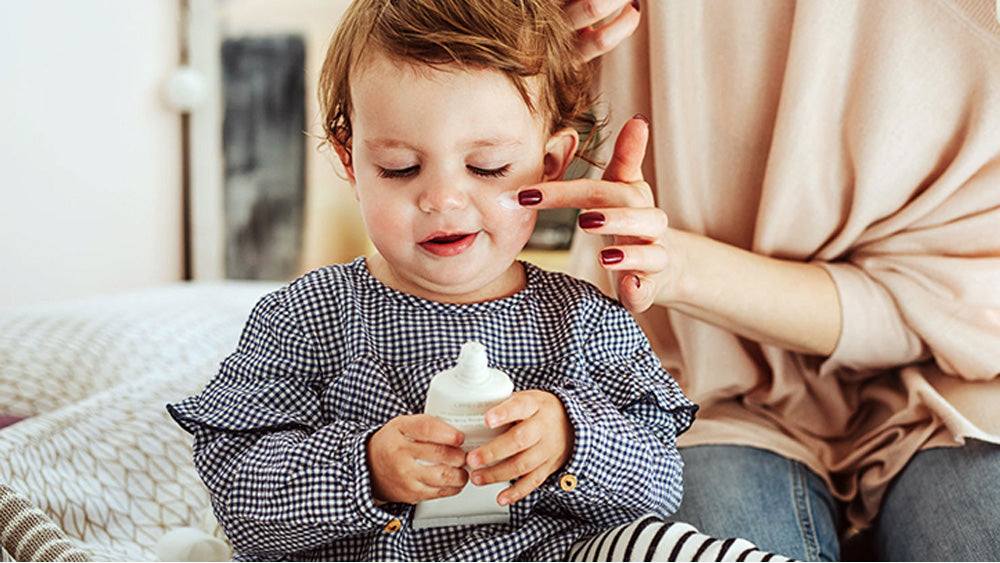Caring for a toddler's skin, especially when it's dry, can be a challenging aspect of parenting. Toddler skin is incredibly sensitive and vulnerable to a variety of environmental and dietary factors that can lead to dryness. Recognising the causes, symptoms, and effective treatments can greatly enhance your child's comfort and skin health.
Causes and Symptoms
Dry skin in toddlers can be attributed to several factors:
- Environmental Factors: Exposure to cold, dry, or windy weather can strip moisture from the skin. Similarly, heated indoor air during colder months can decrease humidity levels and dry out the skin.
- Harsh Soaps and Chemicals: Using soaps or cleansers that are not formulated for sensitive skin can remove essential oils and moisture.
- Physical Conditions: Conditions like eczema can make a toddler’s skin more prone to dryness.
- Dietary Factors: Inadequate hydration and lack of essential fatty acids can contribute to skin dryness.
Symptoms of dry skin include:
- Tightness and roughness
- Flakiness or scaliness
- Redness and irritation
- Itching, which may lead to scratching
Effective Treatment Strategies
To manage and treat dry skin effectively, consider the following strategies:
- Use Gentle Skin Care Products: opt for hypoallergenic, soap-free, and fragrance-free cleansers and moisturisers designed for sensitive skin.
- Moisturising: Apply thick, emollient creams or ointments immediately after bathing to lock in moisture. Look for products containing hydrating ingredients like glycerin, lanolin, or shea butter.
- Appropriate Bathing Practices: Limit bath time to avoid excessive exposure to water, especially hot water, and use lukewarm water instead.
- Hydration and Nutrition: Ensure your toddler drinks enough fluids throughout the day and include sources of omega-3 fatty acids in their diet to help maintain skin health.
Prevention Tips
Preventing dry skin involves daily skin care routines and environmental adjustments:
- Regular Moisturising: Apply a moisturiser at least twice a day, especially after bathing.
- Protective Clothing: Dress your toddler in soft, breathable fabrics like cotton that do not irritate the skin.
- Humidity Control: Use a humidifier in your home to maintain optimal indoor humidity levels.
When to Seek Medical Advice
Consult a healthcare provider if:
- The skin becomes excessively red, inflamed, or infected.
- Dryness does not improve with home treatments.
- The child appears to be in discomfort or pain due to skin condition.
Managing dry skin in toddlers effectively requires a combination of protective skin care practices, appropriate product use, and dietary management. By understanding the specific needs of your child's skin and responding accordingly, you can help ensure their comfort and health.

